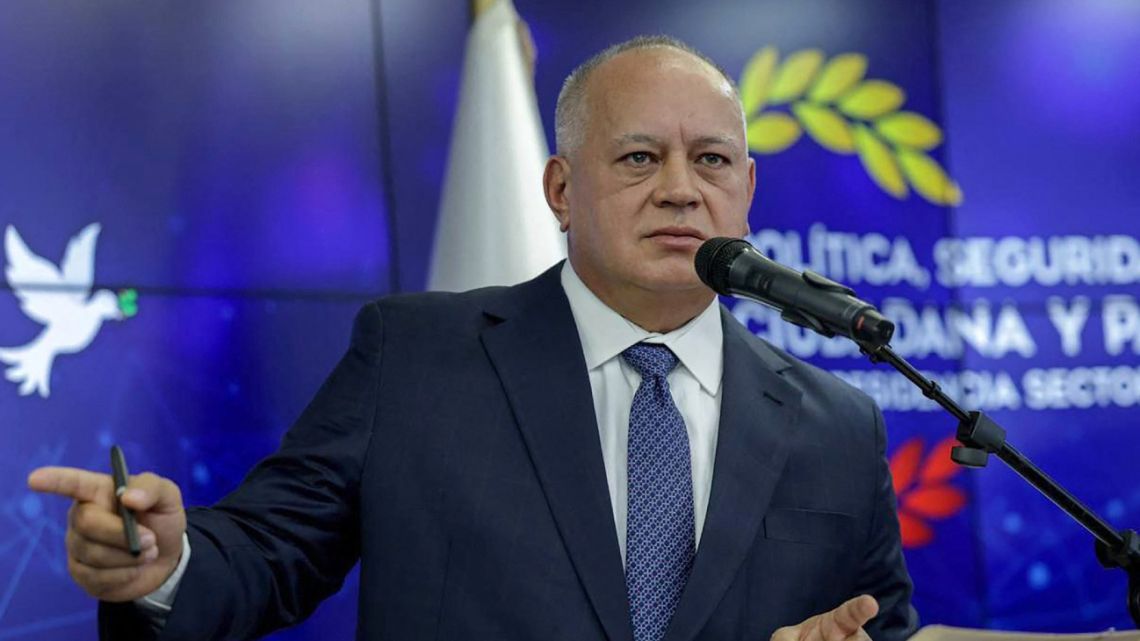Mexico’s new president Claudia Sheinbaum faces her first major economic challenge: managing Chinese investment without alienating U.S. trade partners.
Her recent meeting with Xi Jinping at the G20 summit signals this delicate balancing act. The numbers tell a compelling story. Chinese investment in Mexico jumped 48% in 2022, while the trade deficit hit $107.8 billion.
These figures worry U.S. officials, who suspect China might use Mexico as a backdoor into American markets. Money flows where tension grows.
As U.S.-China relations sour, Chinese manufacturers increasingly view Mexico as an attractive production base. Its proximity to U.S. markets and USMCA membership make it an ideal manufacturing hub.
The stakes are high for everyday consumers and businesses. This shift could mean cheaper goods for North American buyers. It also promises more jobs in Mexico’s manufacturing sector.
 Mexico’s Economic Gambit: Balancing Chinese Investment with U.S. Trade Ties. (Photo Internet reproduction)
Mexico’s Economic Gambit: Balancing Chinese Investment with U.S. Trade Ties. (Photo Internet reproduction)However, U.S. companies fear increased competition from Chinese firms operating south of the border. Behind closed doors, American officials monitor this development closely.
They worry particularly about automotive manufacturing, where Chinese companies could gain indirect access to U.S. markets through Mexico.
Mexico’s Balancing Act
Sheinbaum walks a tightrope. She must maintain strong ties with USMCA partners while welcoming Chinese investment. Her administration openly states its priority remains the U.S. and Canada, yet keeps doors open for Chinese capital.
The real impact extends beyond trade figures. This economic triangle between Mexico, China, and the U.S. could reshape North American manufacturing.
It might alter where products are made and how much consumers pay for them. Recent events show this dynamic in action.
China’s support for Mexico after Hurricane Otis demonstrates how economic interests blend with diplomatic gestures. Such cooperation builds bridges for future business deals.
The outcome of this economic maneuvering will affect regional trade patterns for years to come. Mexico‘s success or failure in balancing these competing interests could set a precedent for other nations caught between major powers.
This situation represents more than just trade statistics. It shows how smaller nations navigate between global powers, seeking prosperity while maintaining independence. Mexico’s strategy could become a blueprint for others facing similar challenges.

 By The Rio Times | Created at 2024-11-19 09:39:24 | Updated at 2024-11-26 06:59:52
6 days ago
By The Rio Times | Created at 2024-11-19 09:39:24 | Updated at 2024-11-26 06:59:52
6 days ago








